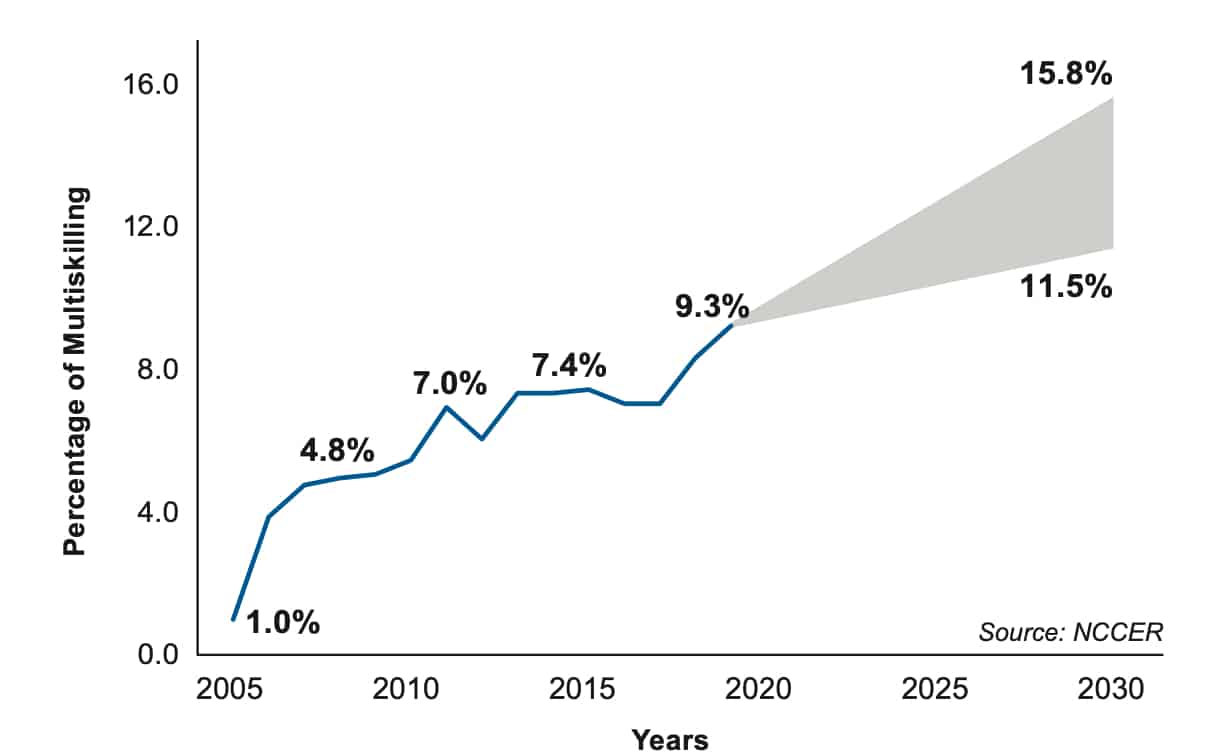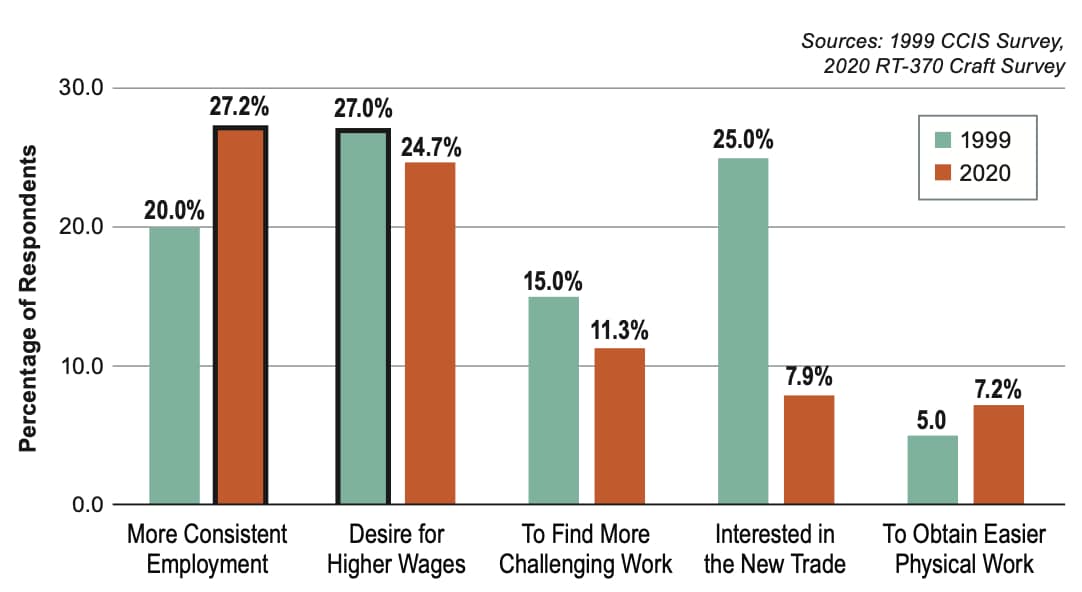Thank You for Supporting the Asphalt Industry
BY Sandy Lender

Welcome to the first holiday and workforce special section of AsphaltPro Magazine, wherein we set aside pages in the final issue of the calendar year to thank readers and vendors alike for another successful season of sharing knowledge to advance the industry. It’s natural and appropriate to reflect on what we’re grateful for around the holiday season, and I want to start by acknowledging the advertisers who stepped out on a limb with us to support this inaugural effort. In alphabetical order, CWMF, Kenco Engineering and Reliable Asphalt Products join us in expressing gratitude to their employees, customers, vendors and agency partners who make day-to-day operations possible.
Thank you also to John Ball of Top Quality Paving & Training for his willingness to share expertise with you all in this special section. It’s no secret the construction industry in general has seen skilled workers reaching retirement age and leaving our workforce in droves at a time when recruiting fresh workers to our industry has been less than easy. I have good news for those of you working with state associations, vocational schools, departments of transportation and labor union apprenticeship programs, and the like to bring the younger generation of workers into your companies.
As Tim Taylor, the director of research for the National Center for Construction Education and Research (NCCER) shared with us, “construction workers report higher levels of job satisfaction than all other industries combined—not just today, but through four distinct economic cycles since 1974…As little as 86% and up to 89% of people working in the construction trades like their jobs.” He’s quoting data from the National Opinion Research Center at the University of Chicago and offering the combination of excellent pay and career-path flexibility as reasons behind satisfied workers.

The number of workers choosing to multiskill in the craft trades is projected to rise further. (The graph is courtesy of NCCER)
“While just over 9% of craft professionals are trained in more than one skill area, the availability of a multiskilled craft workforce has steadily increased since 2005, and the trend is expected to continue into 2030,” Taylor explained. He shared that the increase in “multiskilling” has been driven by the employees themselves.
I find that notable as we work toward appealing to a new workforce and keeping workers around.
Christa Fairchild, product marketing manager for CM Labs, also spoke about the incoming generation of workers to be trained in our industry. “Younger workers seem to be naturally attracted to simulation-based training,” Fairchild shared. “They are familiar with the immersive experience and have fewer issues with perspective on screen due to their familiarity with video gaming and entertainment. Both Millennial and Gen Z workers are accustomed to using technology in their everyday lives and are comfortable learning new technology.
“Both Millennial and Gen Z workers look for clear and consistent feedback from their employers,” she continued. “CM Labs simulators allow organizations to standardize operator training practices by tracking, measuring and benchmarking performance. In addition, instructors can interact directly with trainees, set scoring targets, adjust weather, trigger random mechanical faults, and monitor the actions and progress of each operator. Objectively tracking and recording a student’s progress helps eliminate scoring errors, bias, or guesswork. These built-in performance metrics provide succinct, objective and instant feedback about the trainee’s performance.”
Where I think employers will find their best success is in making training and feedback available across an entire company. As Fairchild pointed out, instructors can use simulators to assess operator competence quickly when hiring, of course, but can also use simulators to objectively put existing operators to the test or refresh skills. “Simulators are also great for cross training, which is important for retention,” Fairchild said.
While specific data points you’ll want to assess will depend on your equipment and your company growth needs, having a way to nurture skills and measure them objectively is vital to showing workers you wish to invest in them. You wish to invest in their careers as well as your company and the industry.
Fairchild is approaching the concept from the view of training with simulators: “The most critical factor is that using simulators to train operators in different scenarios makes them more versatile. It allows operators to gain familiarity and confidence in a safe, low-stress environment before taking control in the field.

Workers’ reasoning behind choosing to multiskill has shifted slightly since 1999. (The graph is courtesy of NCCER)
“This familiarity breeds success. Experience gained through simulation-based training not only improves safety and performance, but also provides the confidence to learn and perform under high-pressure situations. In her 2017 paper, “Learning from Errors,” psychologist Janet Metcalfe draws a close correlation between mistakes and learning. Based on her research, Metcalf argues that students benefit significantly more from making and correcting mistakes than from avoiding them. Training simulators allow operators in training to experience limits without consequences. In the field, mistakes often prove catastrophic—on the simulator they are valuable lessons learned.”
However you approach the concept of nurturing and measuring multiple skills in your workforce, AsphaltPro Magazine is thankful for your continued participation. At this time of year when many companies are “slimming down” for equipment maintenance during the off season, we wish you a safe and stress-free holiday filled with good planning sessions for the 2023 construction season. We wish you a peaceful and prosperous upcoming construction season with skilled workers who fit perfectly in the category of liking their jobs and growing their skill level for top quality pavements. We join our goodwill advertisers who wish you—and their workers—well.
